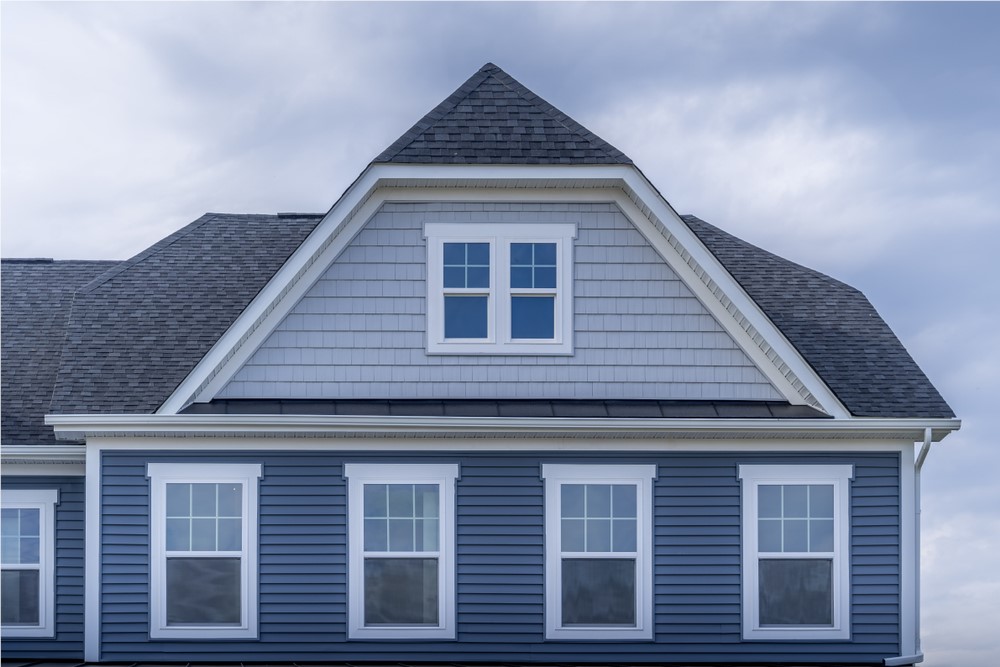 For energy-conscious homeowners, how to block outdoors heat is a common question that is in constant need of addressing. Everyone is in search of finding the best assets for their home -- so is it low-E glass or window film?
For energy-conscious homeowners, how to block outdoors heat is a common question that is in constant need of addressing. Everyone is in search of finding the best assets for their home -- so is it low-E glass or window film? During hot summer days, the sun is magnified through the windows, as the temperatures outside and inside start rising. Any homeowner that cares about their budget would be desperately trying to avoid using too much air conditioning or central air if possible. To do that, you need a way to keep the heat out in the first place.
If you have asked a window professional before, then you most likely have been told to go for low-E glass windows. These work best if you are doing a full replacement of the window since it’s not only a difference in the class, the weatherstrip of the window frame and the window’s seal is also important. Window film is also well-known for keeping the heat out of houses, though. So how can you know which one is better?
Understanding energy efficiency in windows At its most basic, you need to always notice a few key factors in windows to be able to know if they are actually considered “energy efficient” or not. The first factor, the U-factor, shows you a general and more overall value for how effective of an insulator the window is. The second factor, the solar heat gain coefficient, displays solar heat deflection -- in other words, it shows you how well your window bounces the solar heat back outside rather than letting it travel through. If both measurements have the value of 0.30 or lower, then you can rest assured your windows are energy efficient. Low-E Glass If you haven’t looked into installing energy efficient windows before, then you may be wondering what exactly low-E glass means. Low-E glass was originally created as a means of reducing the amount of ultraviolet and infrared light traveling through the glass. It also keeps the visible light at the same level as a “normal” window pane (so as not to reduce the amount of light inside your home). It is a microscopic and invisible coating on the window that effectively reflects heat and infrared energy, keeping it from entering your home. If you opt for low-E glass, inquire if it has an argon gas filling, as that is the most effective type of low-E glass available. Completely replacing your windows might be pricey, but it pays itself off in the long run. Window film Window film is a better option for homes that don’t need a complete window replacement, and it will, therefore, cost you much less. In terms of energy efficiency per dollar, window film is your best option. That being said, a leaky window frame will still remain a leaky window frame, even after you’ve installed window film.Keep in mind that the overall efficiency of the best low-E window coatings is better than window film overall, but there are still plenty advantages to using a window film. Window film works best if the window isn’t dual-pane, as that will cause a buildup of heat within the panes, which leads to condensation. If you have single pane glass windows, it will have a huge advantage, however, as it blocks infrared and ultraviolet light quite well.
Subscribe to Energy Home Pros's Blog





Comments